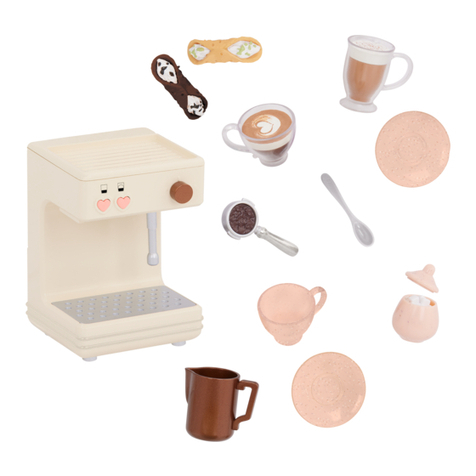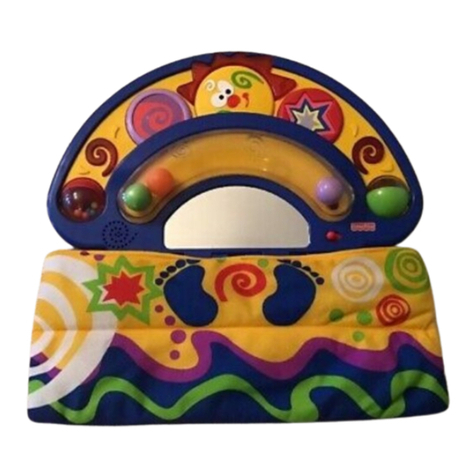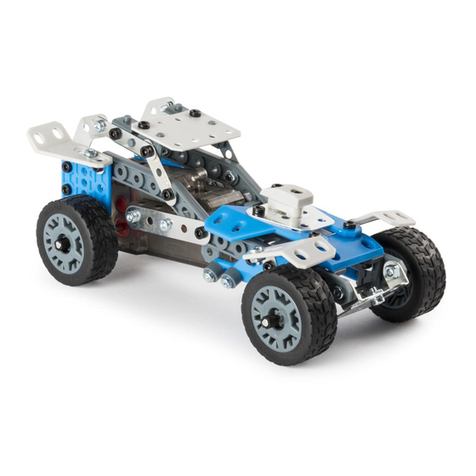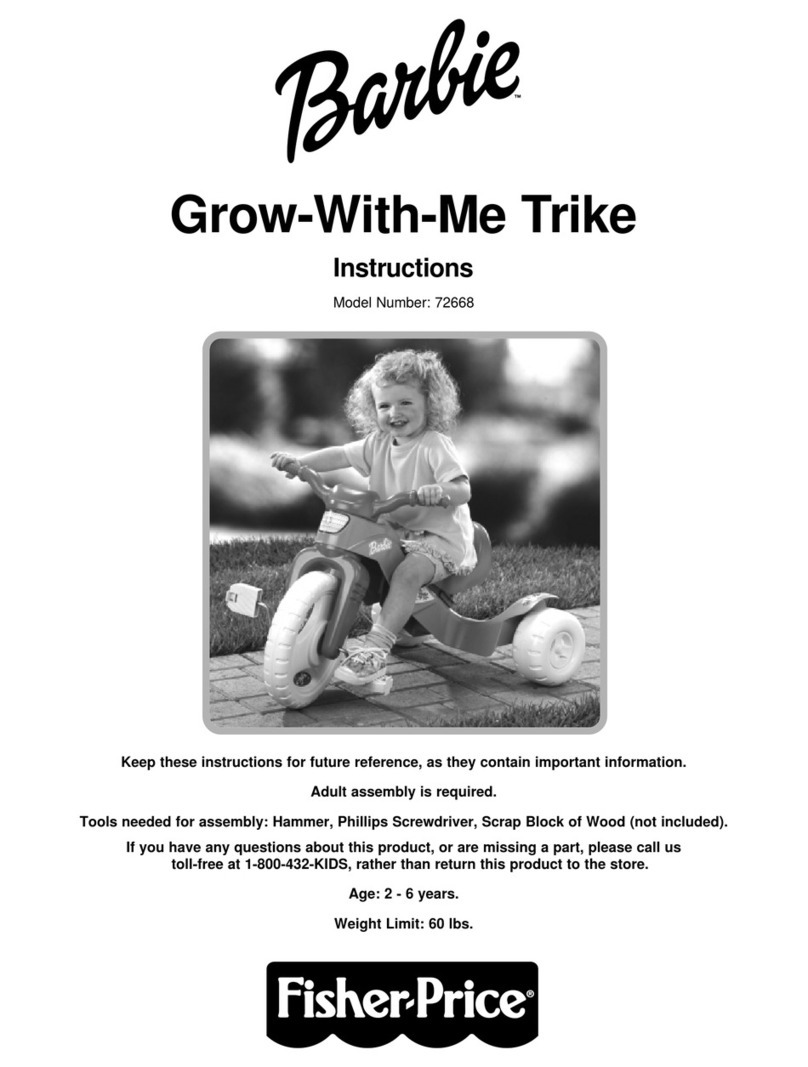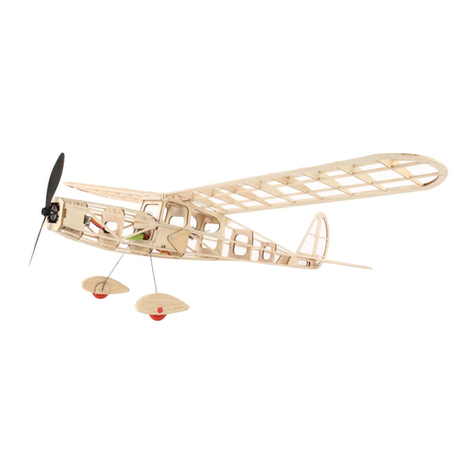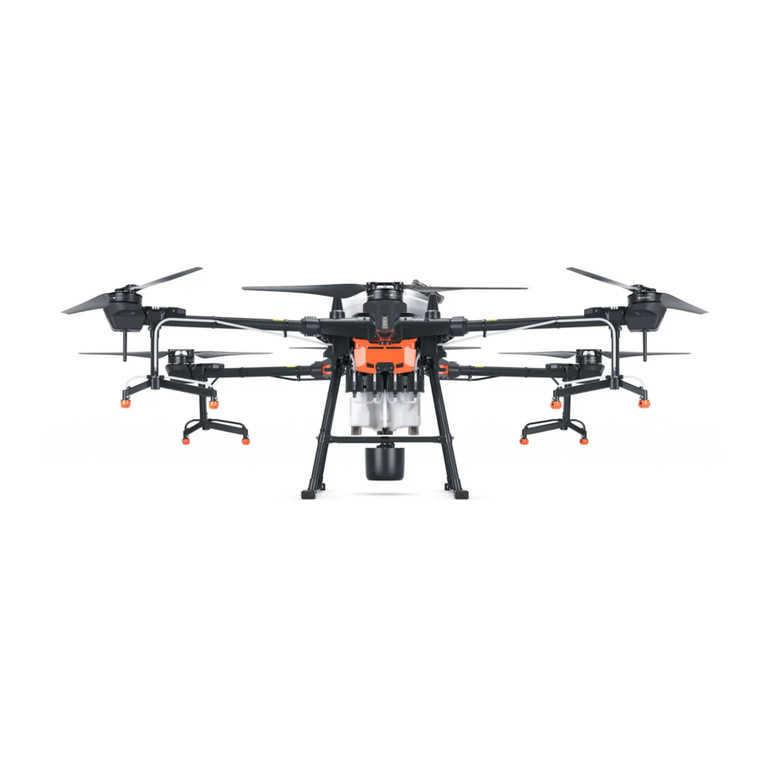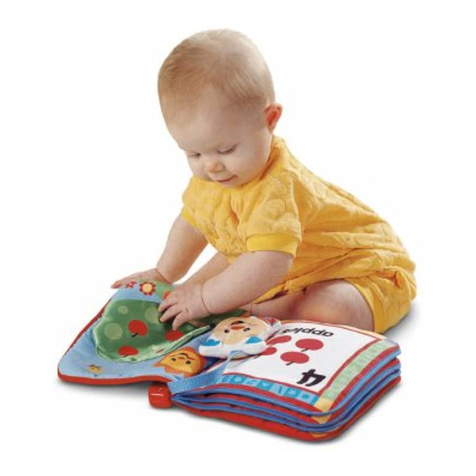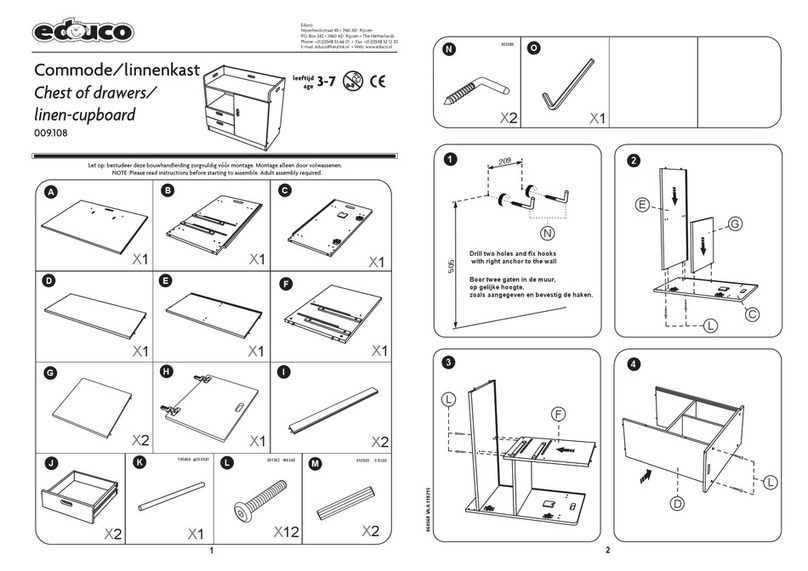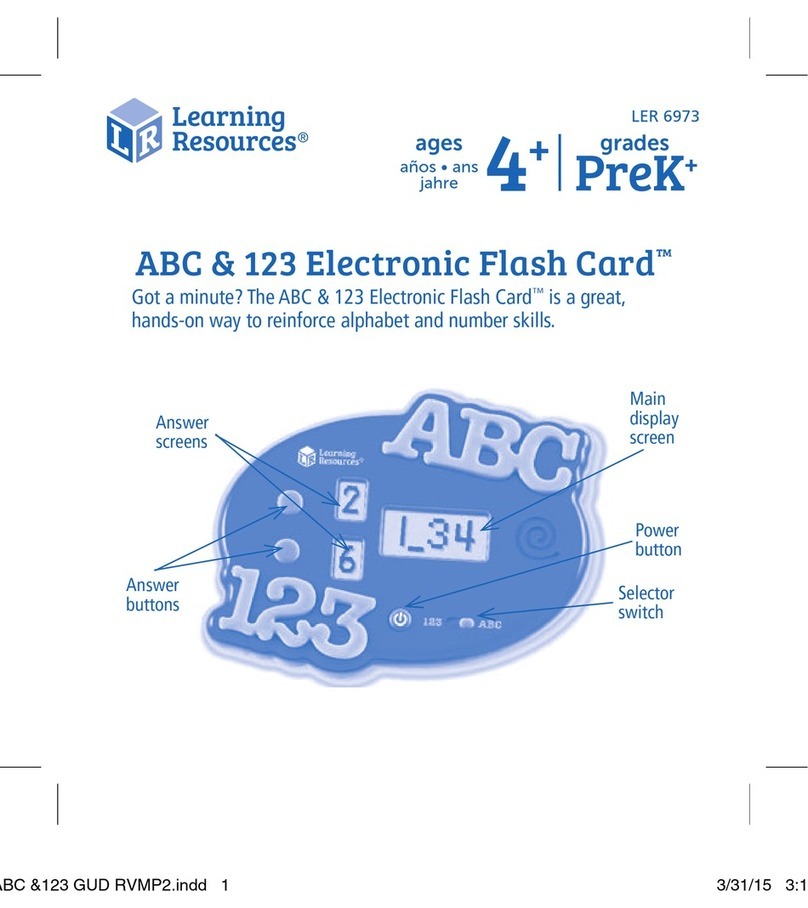Titan Dynamics Hawk User manual

Titan Dynamics
Titan Dynamics Webpage
Visit our Facebook page
Join our Discord server
Page
2
of
25
Contents
Section 1: Model Information................................................................................................................3
Section 2: Model Specifications & Performance..............................................................................4
2.1: Physical Characteristics...............................................................................................................4
2.2: Aircraft Performance: ..................................................................................................................5
2.2.1: Drag, Efficiency, Power, and Angle of Attack at Varying All-up-weights:.............6
2.2.2: Turn rate, range, endurance, and max climb rate for a variety of different
battery configurations: ................................................................................................................ 10
Section 3: Required Build Materials.................................................................................................. 13
Section 4: 3D printing ........................................................................................................................... 14
4.1: Things to know before you start printing. .......................................................................... 14
4.2: Part Orientation .......................................................................................................................... 15
4.3: Tuning “hole horizontal expansion”....................................................................................... 17
4.4: Bed Adhesion and warping...................................................................................................... 17
Section 5: Assembly of 3D Printed Parts......................................................................................... 19
Section 6: Final Setup & Tuning Tips................................................................................................. 23
Section 7: Additional Images .............................................................................................................. 24

Titan Dynamics
Titan Dynamics Webpage
Visit our Facebook page
Join our Discord server
Page
3
of
25
Section 1: Model Information
The Titan Hawk is a 1m wingspan twin-boom focused on maximizing efficiency. Boasting
a range of 153km with flight time of 2h40m (on its maiden), the Hawk punches well
above its weight. The feel on the sticks is akin to a much larger aircraft with excellent
wind resistance and handling like it’s on rails. The Hawk is cost-effective and simple to
build - requiring only three servos and a single motor. Based on the power and
propulsion system, it can be setup for high-speed aerobatics or ultra-long-range flights.
With the outer wings taken off, it can easily be strapped to a backpack and taken
anywhere you desire. The Hawk is perfect for beginners due to its small size, simplicity,
and quick print time – hitting all the check marks for an ideal all-around flyer. Pan-tilt
support is also included, with support for smaller printers!

Titan Dynamics
Titan Dynamics Webpage
Visit our Facebook page
Join our Discord server
Page
4
of
25
Section 2: Model Specifications & Performance
2.1: Physical Characteristics
General Stats:
• Wingspan: 1021mm
• Wing area: 1690cm2
• Maximum take-off Weight: 1.75kg
• Efficiency: 0.88 Wh/km @ 1.5kg AUW
• Cruise speed: 45-65kph
• Recommended prop diameter: 7-9 inches
Aerodynamic Properties:
• Root airfoil: NACA 3410
• Tip airfoil: NACA 3410
• Root chord: 190mm
• Tip chord: 91mm
• Average chord: 159mm
• Root incidence: 3°
• Tip incidence: 0°
• Aspect ratio: 5.90
• Dihedral: 0°
• Sweep: 2°
Please use the longer fuse2 if printing with regular PLA, as the added tail-weight requires
a longer nose in order to hit CG

Titan Dynamics
Titan Dynamics Webpage
Visit our Facebook page
Join our Discord server
Page
5
of
25
2.2: Aircraft Performance:
Below are some plots showing aircraft performance at different all-up weights.
The
values predicted are not perfect, and values like efficiency can vary greatly based on
the choice of motor and propeller, among many other factors.
These just serve to give
a rough idea of the sort of performance you can expect and give you an idea of the flight
envelope of your aircraft before you fly it and help narrow in on the most efficient cruise
speed. The stall speed assumes a CLmax of 1.3, and the minimum speed line is just 20%
above stall speed. Below the minimum speed, a tailwind gust can cause the aircraft to
stall unexpectedly, so be careful.
Using the drag plot can help figure out how much thrust you’ll need in level flight at a
given speed. This allows for the use of propeller data from companies like APC to choose
the best propeller for the type of flying you want to do.
The plot depicting power required for flight can help you estimate your loiter endurance
at a given speed. If you want the maximum time in the air, fly at the speed which uses the
least power to stay in the air.
The efficiency plot shows you what sort of efficiency to expect at each speed. With it, it’s
possible to choose the best cruise speed for your setup and see how changes in that
speed may affect your efficiency.
The fuselage angle of attack plot shows you what angle of attack the fuselage will be at a
given speed. This can be useful when setting the TRIM_PITCH_CD parameter in Arduplane
to the angle of attack value that corresponds with your cruise speed.
The plots in section 2.2.2 are just to give an idea of the sort of performance that can be
expected for certain battery configurations.
They are not a guarantee of performance
,
as there are too many variable to account for when individuals build the aircraft. Extra
draggy antennas, inefficient motors, print quality, etc. can all change flight performance
drastically.

Titan Dynamics
Titan Dynamics Webpage
Visit our Facebook page
Join our Discord server
Page
13
of
25
Section 3: Required Build Materials
Spars needed:
• (1) 8x500mm tube (main wing spar)
• (1) 4x270mm rod (rear wing spar)
• (2) 3x240mm rod (aileron hinge)
• (2) 3x240mm rod (outer wing spar)
• (1) 3x250mm rod (elevator hinge)
• (2) 10x500mm square tube (tail booms)
Recommended motor & prop:
• 16-19mm mounting pattern
• Sunnysky 2216 880kV and APC 9x6E prop
• 7-9 inch propellers
• 221x motors
Recommended electronics:
• ELRS / Dragonlink / Crossfire
• 5.8ghz / 1.2ghz analog or digital (19x19mm camera)
• Matek F405-WTE or similar flight controller running ardupilot (optional)
• Matek M8Q-5883 GPS/Compass or similar (optional)
• (1) 35A BLHeli ESC
• (3) Emax ES08MAII servos
• Battery: 4S3P 18650 10500mah, 4S2P 18650 7000mah, 4S1P 21700 10000mah
(or similar Lipo such as 3300mah-4000mah)
Misc:
• Polymaker Polylite prefoamed LWPLA
• Polycarbonate or other high-temp filament for the motor mount
• Medium CA glue
• 200x200x200 minimum size print bed
• Control horns
• M3 threaded inserts (max 6mm height)
• M3 bolts of various sizes
• 6x3mm magnets

Titan Dynamics
Titan Dynamics Webpage
Visit our Facebook page
Join our Discord server
Page
14
of
25
Section 4: 3D printing
4.1: Things to know before you start printing.
1. Titan Dynamics strongly recommends using Polymaker Polylite prefoamed LWPLA
for the best results. This filament is much easier to tune your printer for and has
less stringing than active foaming filaments. If you aren’t able to purchase
Polymaker filament, many members of our Facebook group and Discord server
have had success
2. You likely will not get good results unless your printer is well maintained and
calibrated, we would suggest learning how to check and adjust your printer to
perform at its absolute best before starting. This website has useful guides:
https://teachingtechyt.github.io/calibration.html#intro.
3.
All the below guidance should be taken as a starting point only. Print a test piece
and check things like retraction settings and fitment of the carbon rods in the
wings for yourself as every printer is different. If the carbon rods are too tight,
increase the “Hole Horizontal Expansion” setting in Cura (or the equivalent setting
in other slicers).
4. All our models are designed to be printed predominantly in LW-PLA filament. All
fuselage, tail, and wing parts should be printed in LW-PLA unless otherwise noted
in the file name.
There are 3 levels of infill / wall settings that we recommend for the LWPLA parts:
1.
Maximum efficiency: 3% cubic subdivision, single wall
2.
Balanced efficiency and strength: 5% cubic subdivision, single wall
3.
Maximum strength: 8% cubic subdivision, single wall
WE RECOMMEND PRINTING HAWK WITH 3% CUBIC SUBDIVISION INFILL
Notes:
• For the best flight characteristics and maximum range, LWPLA parts should be
printed with single wall and 3% cubic subdivision infill.
• Cubic subdivision infill can be increased to 5 or 8% to increase durability, but this
will have an impact on maximum payload capacity (battery), and range by
extension. We recommend and use 3% cubic subdivision infill as it has been tested
to survive 6.4G in flight, but some may desire greater general durability when
handling/carrying the model around etc. It will still break if you crash it!
• Because the fuselage takes the most abuse during landings, some may choose to
just print the fuselage sections in higher infill. Using a higher infill just for the
fuselage (4%-8%) can greatly increase the longevity of the plane without as much
of a weight penalty as printing the entire plane in high infill.
• Gyroid infill brings a significant weight penalty with it even at the same
percentage. For the highest strength-to-weight ratio part, stick to cubic

Titan Dynamics
Titan Dynamics Webpage
Visit our Facebook page
Join our Discord server
Page
15
of
25
subdivision or cubic. A part printed at 3% gyroid is comparable weight to the same
part printed at 7% cubic subdivision.
Polycarbonate, PETG or other high-temp filament should be used for the motor
mounts and wing bay covers.
• High temp Polycarbonate or PETG parts should be double wall and high infill (25%).
We recommend using the newest version of Ultimaker Cura. This link can be used to
download our own slicer profile.
4.2: Part Orientation
It is necessary to orient each part correctly on the build plate to avoid disconnected
overhangs. Take care when doing this as the entire model is designed to be printed with
no supports. If you orient some parts wrong, the print will fail. It may also be necessary
to rotate and carefully position some parts to fit within the build area on smaller
printers.
Examples for part orientation:

Titan Dynamics
Titan Dynamics Webpage
Visit our Facebook page
Join our Discord server
Page
17
of
25
4.3: Tuning “hole horizontal expansion”
It is very important to check the fitment of the carbon rods in their holes on the first
parts you print. Because everyone may be using different printers, materials and slicer
settings, it is not possible to provide the models with a slicing profile and hole size that
will work for everyone.
Print your first part with carbon spar hole and check fitment, if it is too tight increase the
hole horizontal expansion setting in the “walls” section in Cura (or your slicer’s similar
setting). A good starting point is 0.25mm. If it is too loose, just decrease the setting until
you can reliably push the rods in and still get a snug fit.
4.4: Bed Adhesion and warping
When printing tall parts like this and other models require, having good print adhesion to
the bed is a necessity. Ideally you will print each part without any extra aids, however
this may not be possible for many, especially those printing without an enclosure for
their printer. A full brim can be used but this will typically have mixed results. If it works
for you, use a glue stick on the print surface to improve adhesion. Cura also has a plugin
that can be used to help with bed adhesion and to avoid warping.
Cura Marketplace: TabAntiWarping Plugin.
When installed, use the new icon at the bottom of the left menu to choose tab diameter
and thickness, then click on the model to add a tab at each point you think is at risk of
warping or poor adhesion (typically parts with low surface area in contact with the print
surface in relation to their height). These new tabs can now be moved around to fine
tune their position using the normal move controls on Cura.

Titan Dynamics
Titan Dynamics Webpage
Visit our Facebook page
Join our Discord server
Page
18
of
25
Once completed, be careful when removing these tabs from the print as they are quite
strong and can damage the bottom of your part if not removed carefully. Re-open any
holes the tab may have filled on the bottom of the print.
If you find these hard to remove from the print bed, select the “Define as Capsule” option.
This makes the edge of the tabs raised, so you can get a scraper underneath them.
Table of contents
Other Titan Dynamics Toy manuals
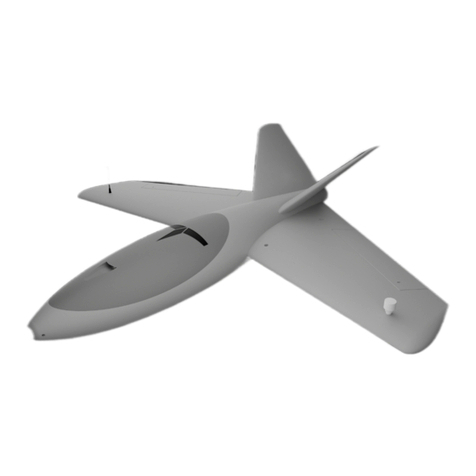
Titan Dynamics
Titan Dynamics Quail User manual
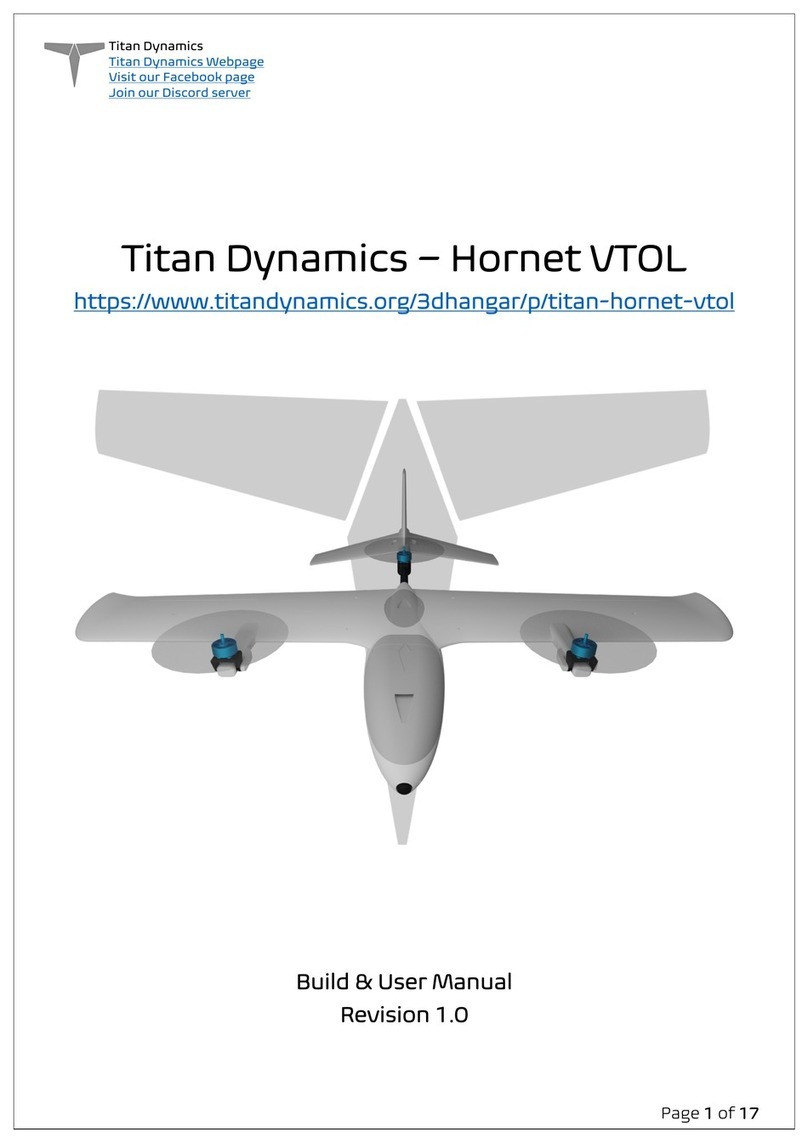
Titan Dynamics
Titan Dynamics Hornet VTOL User manual
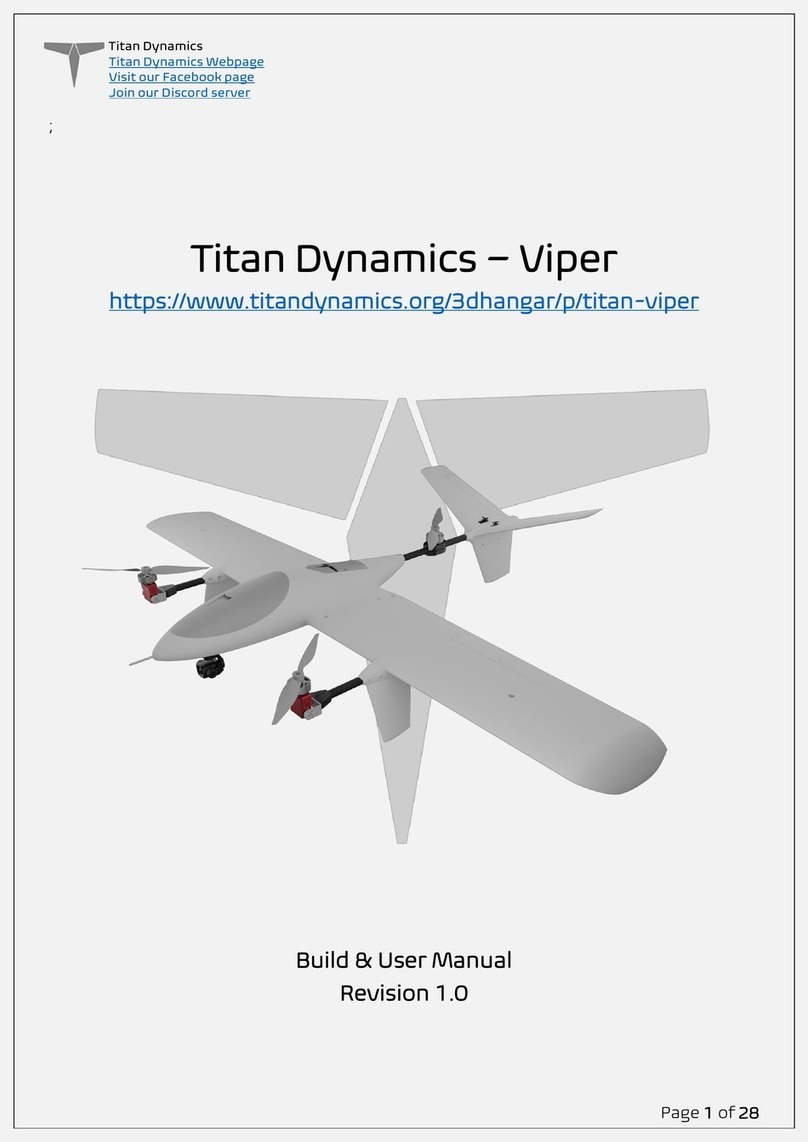
Titan Dynamics
Titan Dynamics Viper User manual
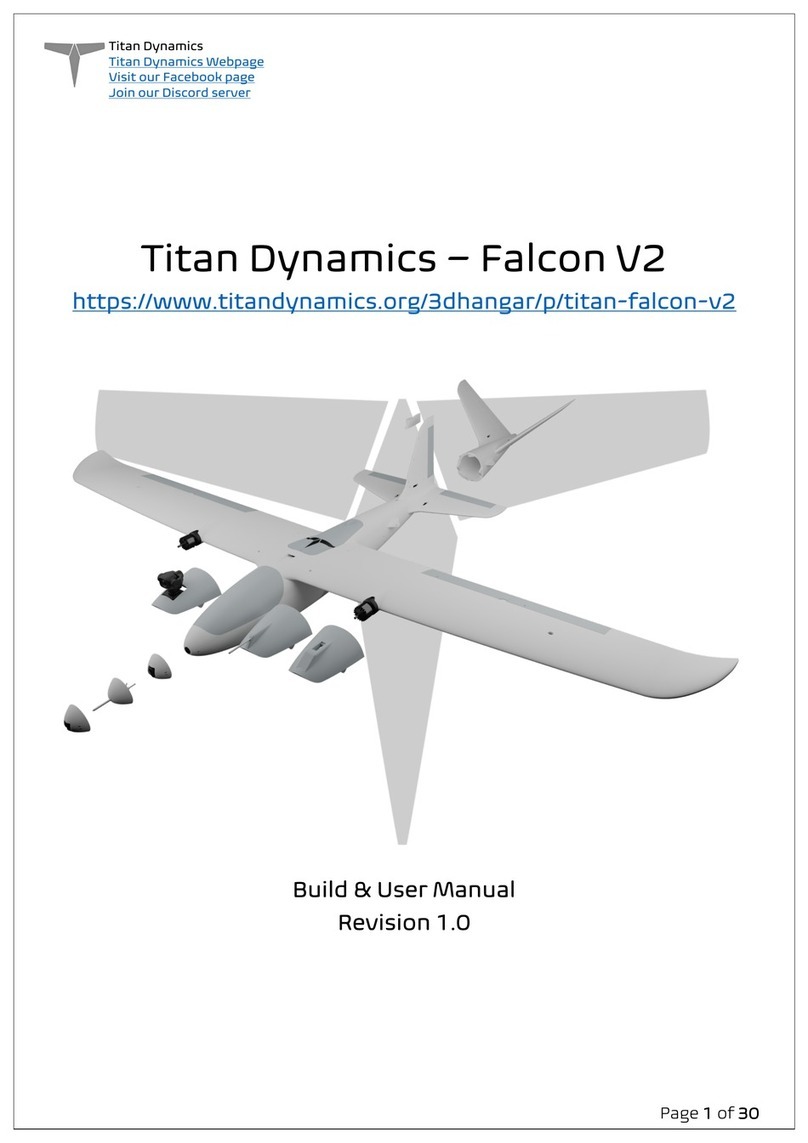
Titan Dynamics
Titan Dynamics Falcon V2 User manual
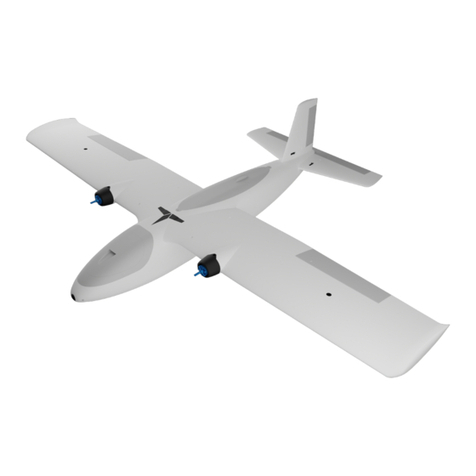
Titan Dynamics
Titan Dynamics Comet User manual

Titan Dynamics
Titan Dynamics Eagle User manual
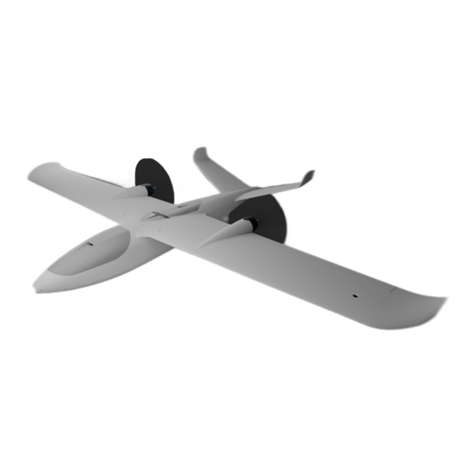
Titan Dynamics
Titan Dynamics Raven User manual











